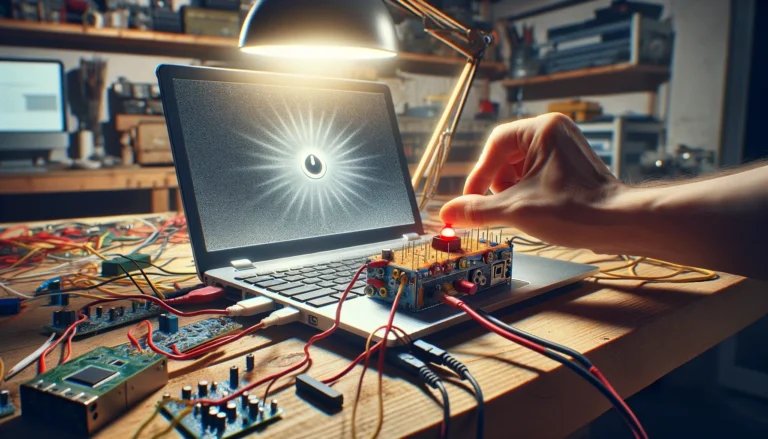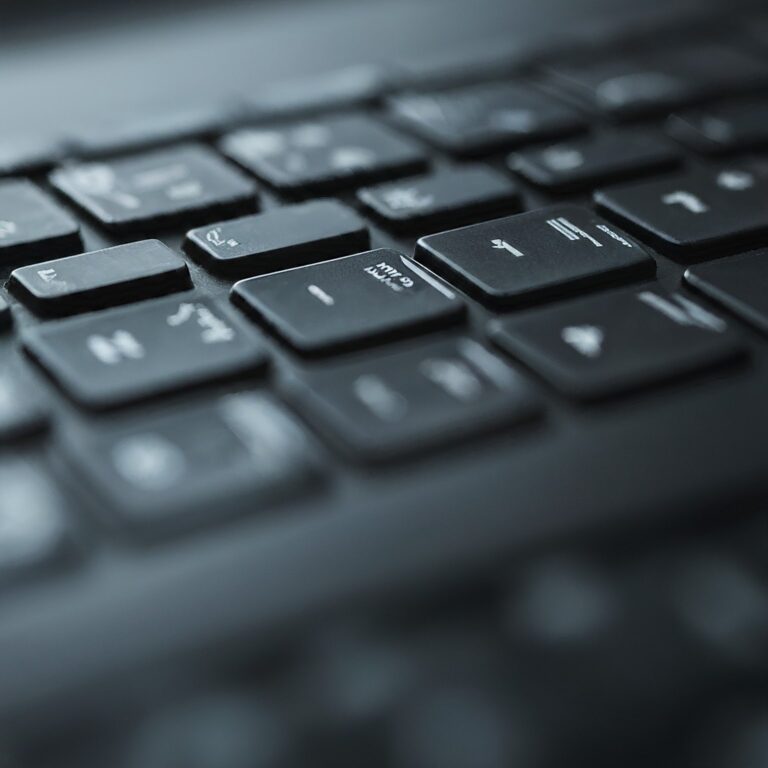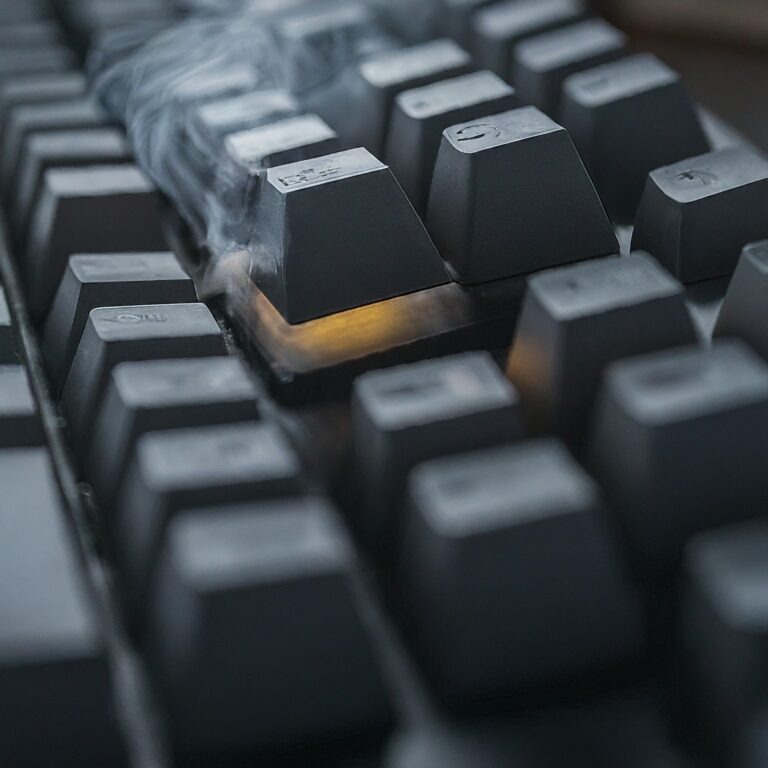A broken computer can be a major inconvenience, but it doesn’t have to be a disaster. With a little troubleshooting, you can often fix the problem yourself without having to spend a lot of money on repairs.
1. Identify the Problem
The first step to fixing a broken computer is to identify the problem. This can be done by paying attention to the symptoms of the problem and then using a process of elimination to narrow down the possible causes.
- Common symptoms of a broken computer include:
- The computer won’t turn on.
- The computer freezes or crashes frequently.
- The computer runs slowly.
- The computer makes strange noises.
- The computer displays error messages.
Once you have identified the symptoms of the problem, you can start to narrow down the possible causes.
2. Check the Hardware
One of the most common causes of computer problems is faulty hardware. To check the hardware, you can use a diagnostic tool or you can simply open up the computer and look for any obvious signs of damage, such as burned-out components or loose cables.
- Some of the most common hardware problems include:
- A faulty power supply.
- A bad motherboard.
- A defective processor.
- A malfunctioning hard drive.
- A broken video card.
If you find any damaged hardware, you can either replace it yourself or take the computer to a repair shop.
3. Check the Software
Another common cause of computer problems is faulty software. To check the software, you can use a diagnostic tool or you can simply try reinstalling the operating system.
- Some of the most common software problems include:
- A corrupted operating system.
- A bad driver.
- A malicious program.
- A software conflict.
If you find any faulty software, you can either try to fix it yourself or you can take the computer to a repair shop.
4. Clean the Computer
A dirty computer can also cause problems. To clean the computer, you can use a can of compressed air to blow out the dust from the vents and fans. You can also use a soft cloth to wipe down the outside of the computer.
- Here are some tips for cleaning your computer:
- Use a can of compressed air to blow out the dust from the vents and fans.
- Use a soft cloth to wipe down the outside of the computer.
- Be careful not to get any water inside the computer.
Cleaning your computer regularly can help to prevent problems from developing.
5. Update the Drivers
Outdated drivers can also cause computer problems. To update the drivers, you can use a driver updater tool or you can download the latest drivers from the manufacturer’s website.
- Here are some tips for updating your drivers:
- Use a driver updater tool to automatically update all of your drivers.
- Download the latest drivers from the manufacturer’s website.
- Be careful not to install the wrong drivers.
Updating your drivers regularly can help to improve the performance of your computer and prevent problems from developing.
6. Run a Malware Scan
Malware can also cause computer problems. To check for malware, you can use an antivirus program or you can simply download a malware scanner from the internet.
- Here are some tips for running a malware scan:
- Use an antivirus program to scan your computer for malware.
- Download a malware scanner from the internet and scan your computer.
- Be careful not to download malware from the internet.
Running a malware scan regularly can help to protect your computer from malware and prevent problems from developing.
7. Back Up Your Data
Finally, it’s important to back up your data regularly in case your computer breaks down. You can back up your data to an external hard drive, a USB flash drive, or a cloud storage service.
- Here are some tips for backing up your data:
- Back up your data to an external hard drive, a USB flash drive, or a cloud storage service.
- Back up your data regularly.
- Test your backups regularly to make sure they’re working.
Backing up your data regularly can help to protect your data in case your computer breaks down.
Conclusion
Fixing a broken computer can be a challenge, but it’s often possible to do it yourself without having to spend a lot of money on repairs. By following the steps in this guide, you can increase your chances of fixing the problem and getting your computer back up and running again.
FAQs
- What should I do if my computer won’t turn on?
- How can I check the hardware on my computer?
- What should I do if my computer is running slowly?
- How can I clean my computer?
- What should I do if my computer is making strange noises?
- Is It OK to Clean Laptop Keyboard With Wet Wipes? - March 19, 2024
- How Long Does it Take For a Completely Dead Laptop to Charge? - March 18, 2024
- How Do You Fix a Computer That Won’t Turn on But Has Power? - March 18, 2024






